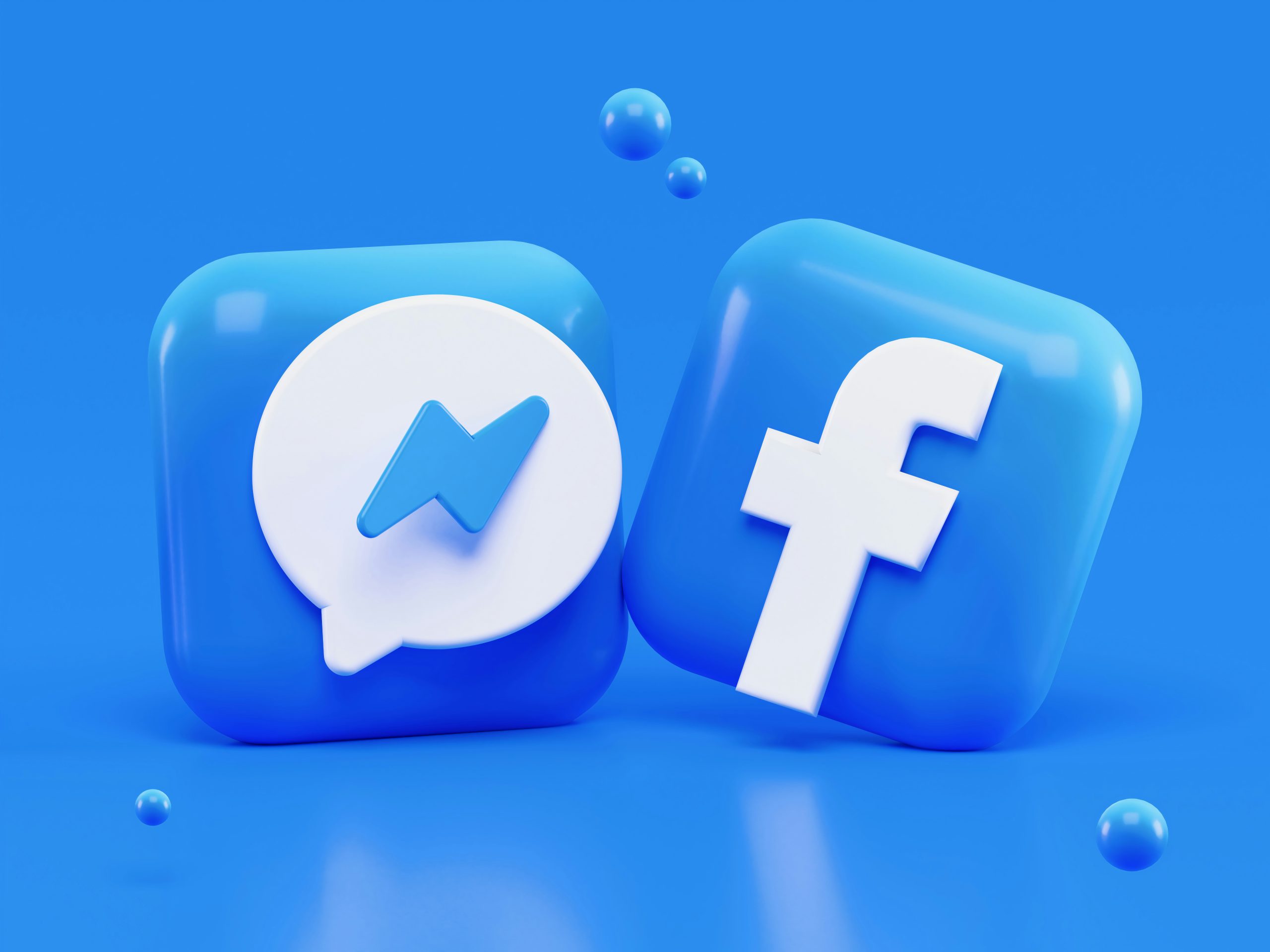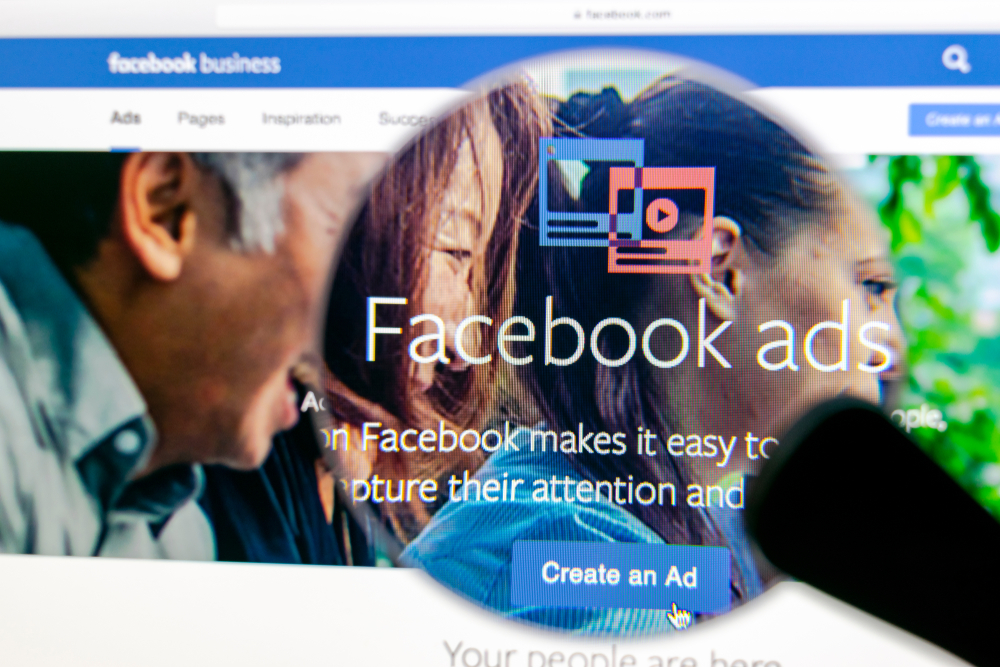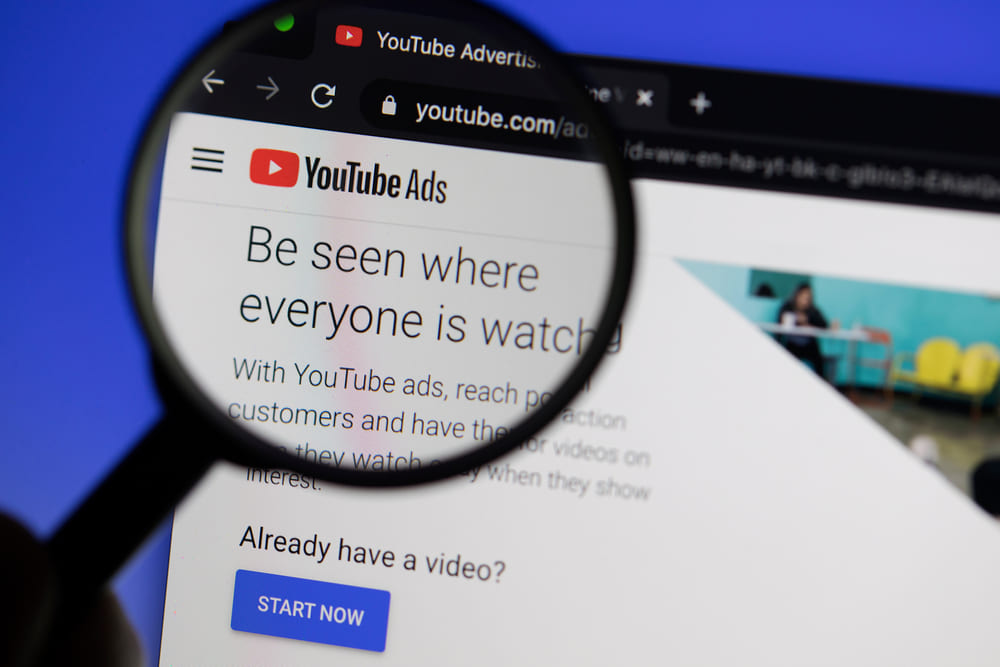On the digital stage, social media engagement may feel like success (again with Facebook…), But we’re not talking about vanity wins here. In business, the real success lies not in likes and comments alone but in turning that engagement into conversions. And we’re not just talking volume – we’re talking conversions that facilitate tangible business results. Conversion optimization and journey mapping: we’re here to cover that.
Understanding the Value of Engagement
- The Role of Engagement: Facebook engagement, whether likes, comments, or shares, is the starting point of relationship-building with prospective customers. The social proof leads to trust, recognition, and… well, it’s only a start.
- Engagement as a KPI: High engagement rates are reasonable, but only if you can turn engagement into leads. This means you need to know what the engagement was about and how that relates to purchase intent.
Strategies to Convert Engagement into Sales
- Optimizing for Conversion: Optimize your Facebook presence for conversion, e.g., with compelling calls to action, landing pages that convert, and offers that match your most engaged audience.
- Customer Journey Mapping: Map out your customer journeys starting at the first point of contact (a like or a comment, probably). See your interaction points with your customers and optimize these touchpoints to nudge them to buy.
Utilizing the Funnel Approach for Conversion Optimization
Top of the Funnel (TOF): An awareness and attraction phase. The goal is to capture the attention of the people who will become your customers and get them to engage with your brand. This content is very shareable, viral, and reaches a broad audience on Facebook. Strategies could include:
- Educational content: Posts and videos that educate your audience about relevant topics can help position your brand as a thought leader.
- Viral campaigns: Campaigns or contests meant to be liked, shared, and commented on to get more visibility.
- Brand Storytelling: Using Facebook’s multimedia capabilities to tell stories about your brand or the people behind your brand.
Middle of the Funnel (MOF): In this stage, you need to leverage the fact that your potential customers now know your brand. You must nurture the relationship further; this stage is about deepening the ties. Your audience is now warmed up and ready to learn more about your product or service. How can you help them best? How can your product or service make their life easier? Now is the time to give them more detailed information and demonstrate relevance. Strategies include:
- Targeted Ads: Leverage Facebook’s targeting options to tailor ads to those users who have engaged with your TOF content.
- Webinars and Live Demos: Hosting prospective active users for webinars or Facebook Live product demonstrations can help with engagement and community-building.
- Engagement Posts: Posts that ask questions or prompt a response from visitors, such as opinion polls or fill-in-the-blank posts about your product or service.
Bottom of the Funnel (BOF): This is the conversion stage when you want to turn your engaged followers into paying customers. Your content here should help prospects take actions that lead to sales through direct calls to action. Good strategies include:
- Exclusive Offers: Giving followers Facebook-only promotions or special discount codes to encourage purchases.
- Super Strong Calls To Action: Clear calls to action on your ads and posts that link to your sales pages, such as ‘Buy Now’ or ‘Sign Up Today’.
- Customer Testimonials and Success Stories: Using customer testimonials and success stories with real names and pictures to build trust and persuade buyers who may be hesitant to pull the trigger.
Integrating TOF, MOF, and BOF in Your Facebook Strategy
Connecting these elements seamlessly allows you to drive users from awareness to purchase using your Facebook marketing operations. Recognizing each stage of the funnel and crafting content specific to each stage will enable you to guide customers through their buying process to conversion from like to sale.
Creating a Seamless Transition from Like to Lead
- Content That Converts: Create content with the sole purpose of moving users from engagement to action. This can range from promotional posts (directly connecting to your sales pages), to live videos (showcasing products with included purchase links) to direct-response ads with interactive ways to get to your online store.
- Offers and Incentives: Give users a reason to take the next step from Liking or Commenting to providing an email address or making a purchase by covering or discounting your product/service or giving something of value in exchange.
Leveraging Tools and Technologies
- Retargeting Campaigns: Use Facebook’s robust retargeting tools to advertise to users who have interacted with your content but have not completed a sale. You can convert previous engagement into sales by serving ads to this warm audience.
- Analytics and Feedback: Use Facebook’s Insights to track your conversion efforts, then refine your approach based on your learning. For example, monitor your conversion rates and the performance of different types of content.
Nurturing Leads into Customers
- Follow-Up Strategies: Now that the user has transitioned from content engagement to lead, it’s important to cultivate those leads via email marketing, direct messages, and more tailored-to-them Facebook content, hopefully converting them into satisfied customers.
- Integrate With Sales Strategies: Make sure your social media engagement strategies are deeply integrated with your broader sales strategies. Consistency across platforms means that customers receive a unified experience, which has been shown to increase conversion rates.
Future Outlook and Continuous Improvement
- Keep Ahead of the Trends: As Facebook evolves, so should your strategies for turning engagement into sales. Be aware of what’s new and changing on the platform to refine your sales funnel continually.
- Iterative Testing and Learning: Digital marketing is ever-changing, so testing and updating your strategies regularly – taking into account analytics and customer feedback – will help you stay relevant and effective in translating engagement into business results.
So, with this in mind, by understanding the actual value of Facebook likes and implementing the right tactics to turn engagement into sales, you can increase your social media ROI by improving the customer experience and maximizing your business’s overall growth by turning fans into leads and leads into customers.




